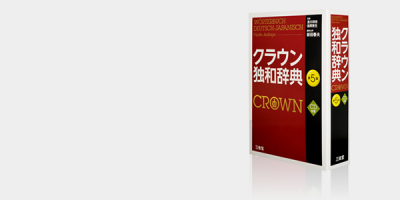
I’ve spoken about verbal characters from the four perspectives of “class,” “status,” “gender,” and “age” (parts 57–72), but we’ve seen that these perspectives are not effective when observing the “Heian aristocrat,” “Westerner,” “country folk,” “cat,” and “Pyo–nese” verbal characters. Last time, I said that verbal characters can be divided into two types ―only one of which can be observed through the four perspectives (part 76) ― and talked about the differences in the two types in terms of the “deployment method of verbal characters.” This time we’ll look at “state of existence.”
Some verbal characters exist sporadically and are thin on the ground, while others are dense and crowded. The “Heian aristocrat,” “Westerner,” “country folk,” “cat,” and “Pyo–nese” verbal characters are of the sporadic variety.
For example, while there is a “Heian aristocrat” verbal character, there is no “Heian commoner” verbal character. Nor are there “Nara aristocrat”(1) or “Muromachi aristocrat”(2) verbal characters. Of course, there were Heian commoners, and Nara and Muromachi aristocrats, but their style of speaking never became rooted in modern Japanese-speaking society as the mode of speech of a specific character (or in other words, as role language). As a verbal character, the “Heian aristocrat” stands lonely, with nothing else around it. This is what I mean by “sporadic and thin on the ground.”
Similarly, the foreigner verbal characters cover only a small portion of actual foreigners. For example, while there is a “Westerner” verbal character, there is no “African” verbal character. The mode of speech of the Westerner ―Watashi, wakarimaseen (I don’t know)― has become widely rooted in the Japanese-speaking world, but the same cannot be said of the African character.
So the “Westerner” verbal character too is sporadic in substance. While there could well be “American” and “French” characters, there are probably no “Principality of Liechtenstein” or “Principality of Andorra” characters.
The same can be said of people from specific regions. The “country folk” verbal character is sporadic, applying to only a small portion of people from a specific region such as “Tohoku”(3) verbal character.
“Animal” characters are the same. While there is a “cat” verbal character, there are no related verbal characters, such as “tiger,” “lion,” “leopard” or “cheetah.” The “animal” characters are sporadic, consisting of just a few, such as “cat,” “dog,” and “rabbit.”
Similarly, the “Pyoonese,” who say uso da pyoon (I’m kidding pyoon) are… wait a minute. What should we call the “Pyoonese?” Space aliens? Hmm… let’s just call them, in the narrow sense of the word, “others.” In the broad sense, let’s allow “Others” to also include “ancient peoples,” “foreigners,” “regional peoples,” and “animals.” In the narrow sense, “other” characters too are sporadic verbal characters. One can imagine any number of such characters, for example the “Pyoese” who add “Pyo” to ends of sentences. Or the “Pyopyoonese,” who add “Pyopyoon” to ends of sentences. Then there’s the “Pyokyoonese,” who add “Pyokyoon” to the ends of sentences. But if one doesn’t choose to imagine them, they do not exist. And nobody wants to sit around imagining such characters ad infinitum. As a result, they are sporadic.
Unlike such verbal characters that only exist sporadically, with no other verbal characters in their immediate vicinity, there are also verbal characters that are crowded together so densely there are no gaps between them. If we imagine them as a two dimensional map on a sheet of paper, no matter where we pointed on the paper, (no matter what longitude or latitude we chose) we would find a verbal character at that point.
On our imagined paper, the scales of “longitude” and “latitude” are, as you may have guessed, the four criteria of “class,” “status,” “gender,” and “age.” These four scales are important when trying to roughly sketch out “Others” ―in the broad rather than crowded sense― verbal characters, and when trying to ascertain the characteristics of crowded verbal characters.
(To be continued)
* * *









(1) Nara period: 710–794
(2) Muromachi period: 1336–1573
(3) Tohoku is the name given to the Northeast region of Japan’s Honshu island.